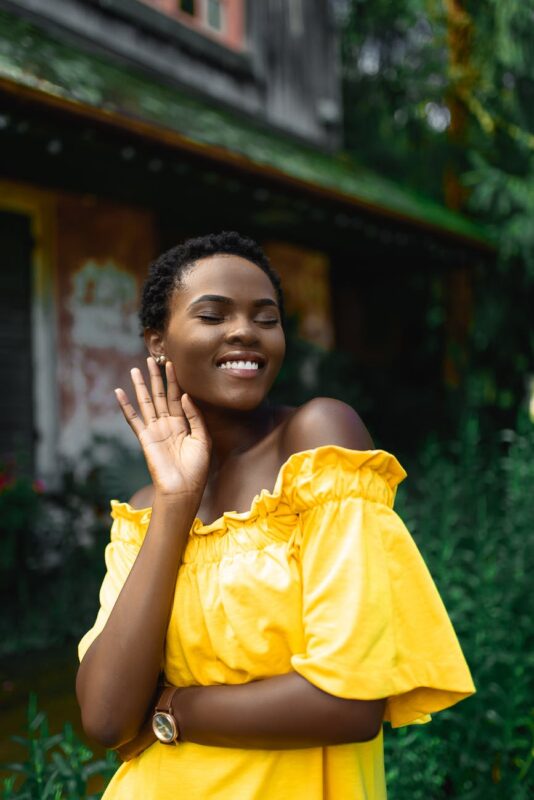I saw this video and loved it. And it also made me a bit sad.
“White normativity” is a term that I only first heard sometime in college, but has re-surfaced again recently, only this time in the context of the church. It’s the concept that white is the “default” or “normal.” Anything other than white becomes “foreign,” “other,” or “minority.” Growing up in Syracuse, New York—in a fairly homogeneously white suburban public school and neighborhood, I was already acutely aware of my “foreignness” or “other-ness.” I was one of a handful of Asian students in my school. We had few Black and Latino students. And while I also didn’t experience any sort of intense discrimination—I mean, aside from being called “chink” by rival school sports teams or inundated by the “asian math whiz” stereotype since elementary school—I knew that I wasn’t the “norm.” It took moving to California to realize that there were settings and contexts where being of Asian descent was considered to be perfectly ordinary.
It took me a little longer to realize that so much of the Christian narrative I was exposed to early on was also seeped in the assumption of a dominant or default whiteness. If you do a Google Image search for “Jesus,” it’s sad to see that 90% of the photos depict a light-skinned, European-looking guy with brown hair and blue eyes. The Jesus Christ of Nazareth I’m reading about in the bible was a Middle-Eastern Jew, probably with brown skin, black hair and darker-colored eyes. One of the reasons why religion is so often used as a tool for oppression is that the underlying belief system is impossible to “prove” or “deny,” and relies solely on the chosen interpretation of Scripture. That’s why Christianity was both one of the forces that helped fuel the Civil Rights movement AND one of the bedrock foundations that perpetuated the existence of American slavery. And that’s not even talking about how much Christianity was woven into the European colonization of native North American, African, and Asian people groups. Author Drew Hart in his book, Trouble I’ve Seen, paraphrases from Vincent Harding:
“From the onset, almost everywhere we blacks have met him in this land, this Christ was painted white and pink, blond and blue-eyed… millions of black children had the picture of this pseudo-Nazarene burned into their memory. The books, the windows, and paintings, the filmstrips all affirmed the same message—a message of shame. This Christ shamed us by his pigmentation, so obviously not our own. He condemned us for our blackness, for our flat noses, for our kinky hair, for our power, our strange power of expression emotion in singing and shouting and dancing. He was sedate, so genteel, so white.”
Hollywood, Barbie dolls, and media at large have always projected a white-dominant image, a standard of beauty that judges others simply for not reflecting itself. But in what ways does the church do this? That is much more difficult to articulate, but I’ve begun to see that it’s true of the American church contexts I’ve been a part of. In fact, Drew Hart goes as far as to say that white evangelical churches are the worst offenders of this racialized view of society. It is a sad reality: though churches profess all people to be equal under the eyes of God, and that everyone remains “one in Christ,” they continue to perpetuate this unconscious, unspoken bias against anything not of the white normal. It makes me wonder:what affirmations do we need to be chanting and singing that re-teach us what a godly acceptance of every human being—regardless of race, religion, socioeconomic status—looks like?

Be First to Comment